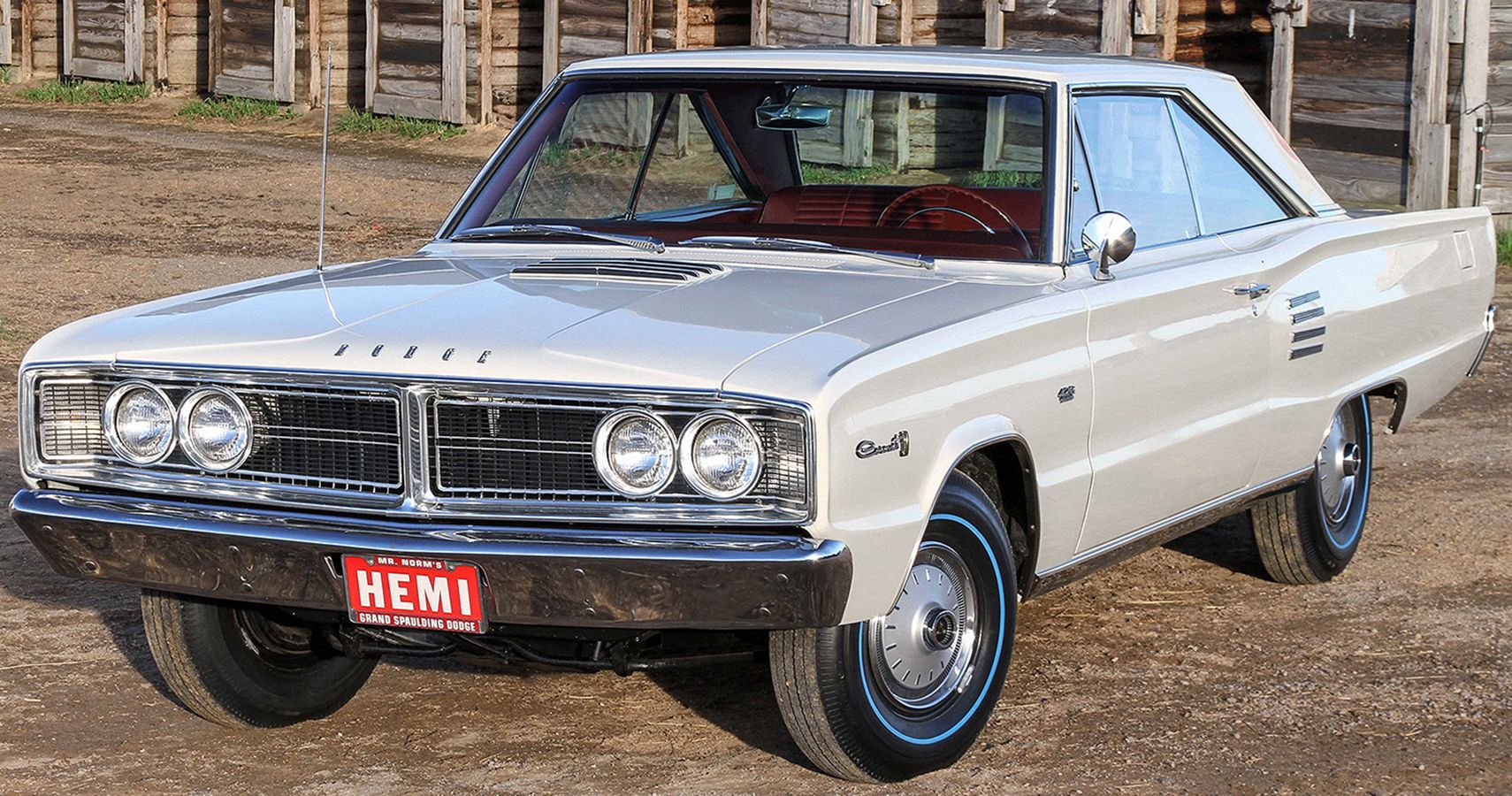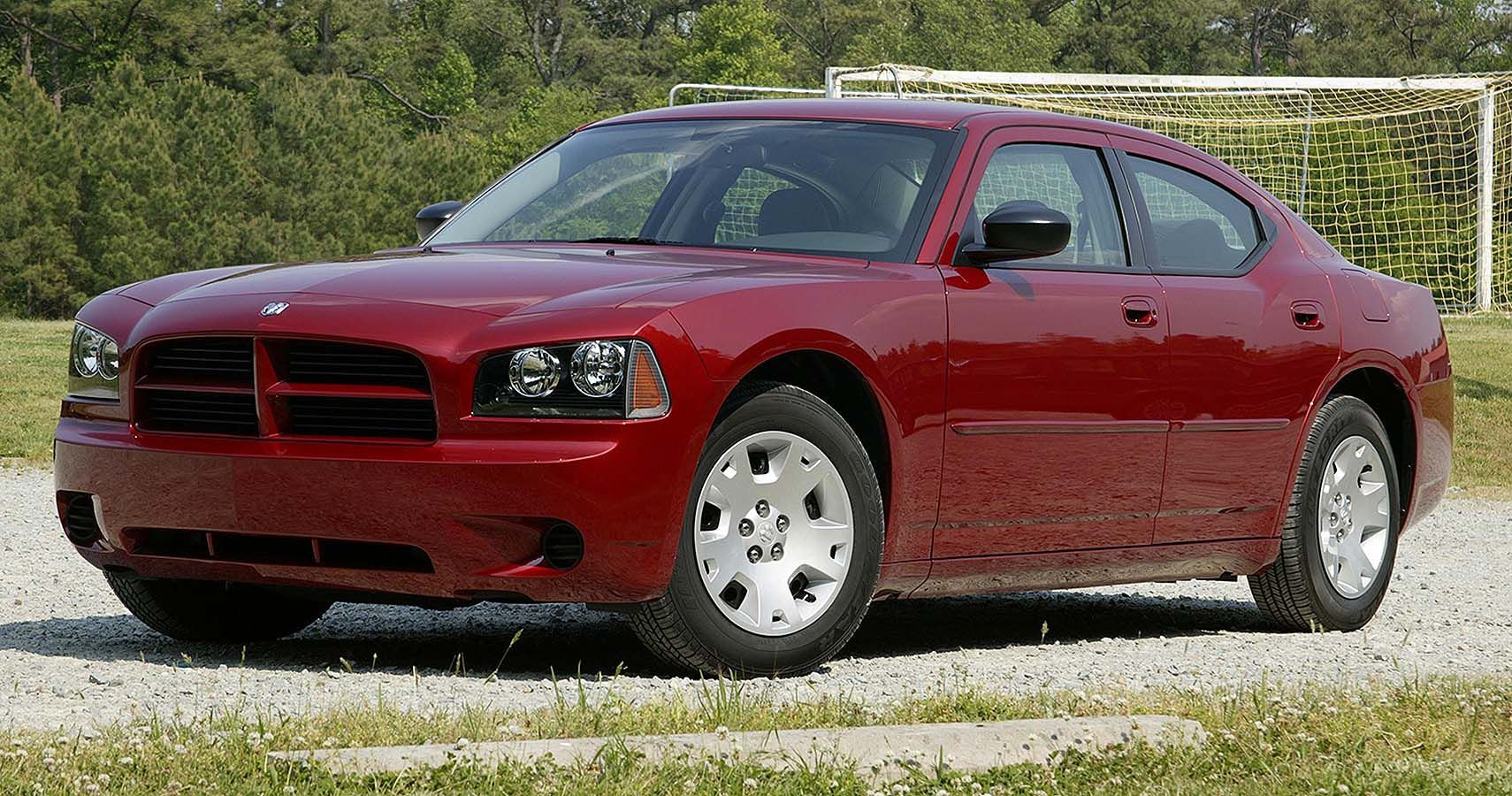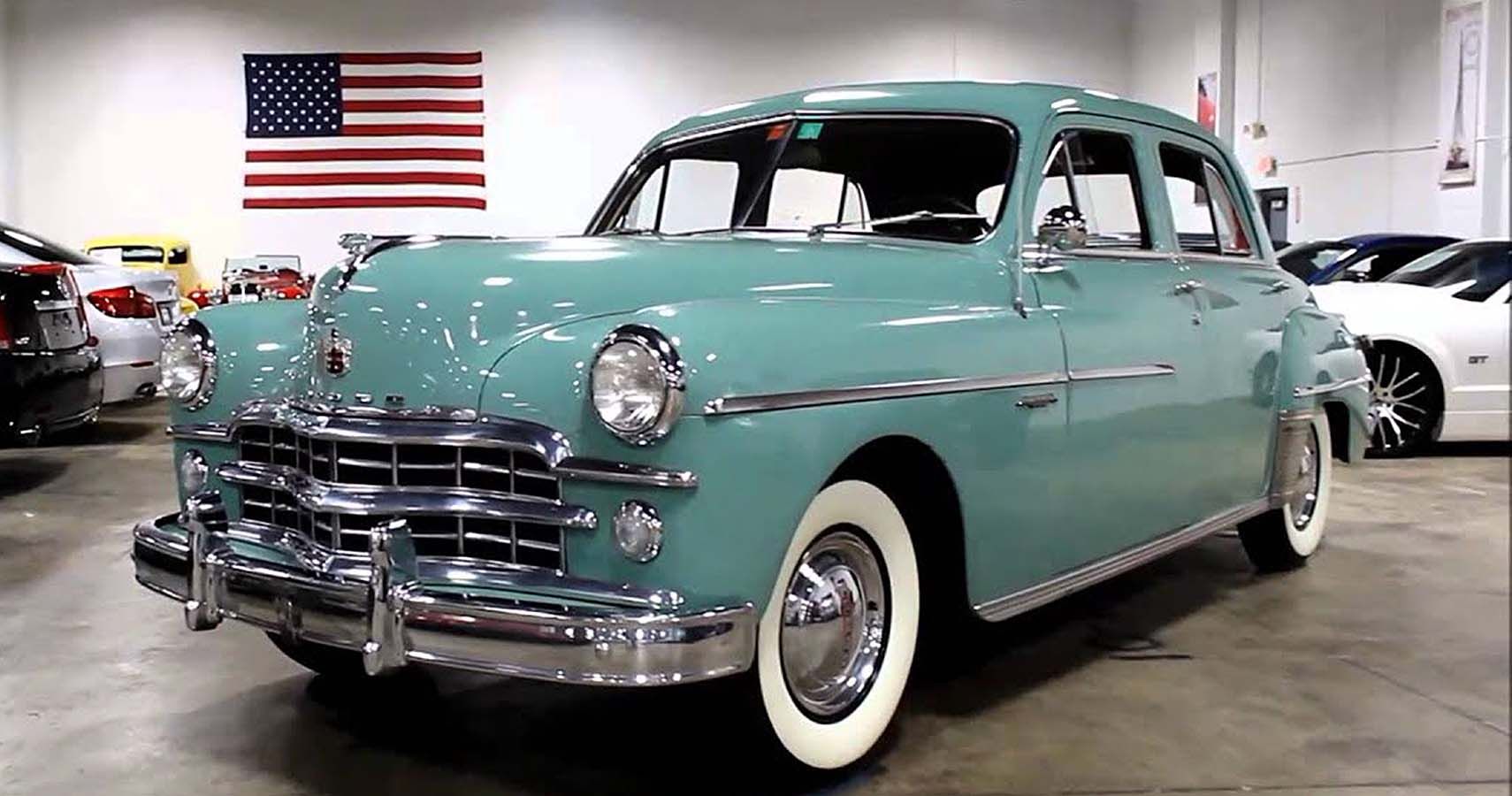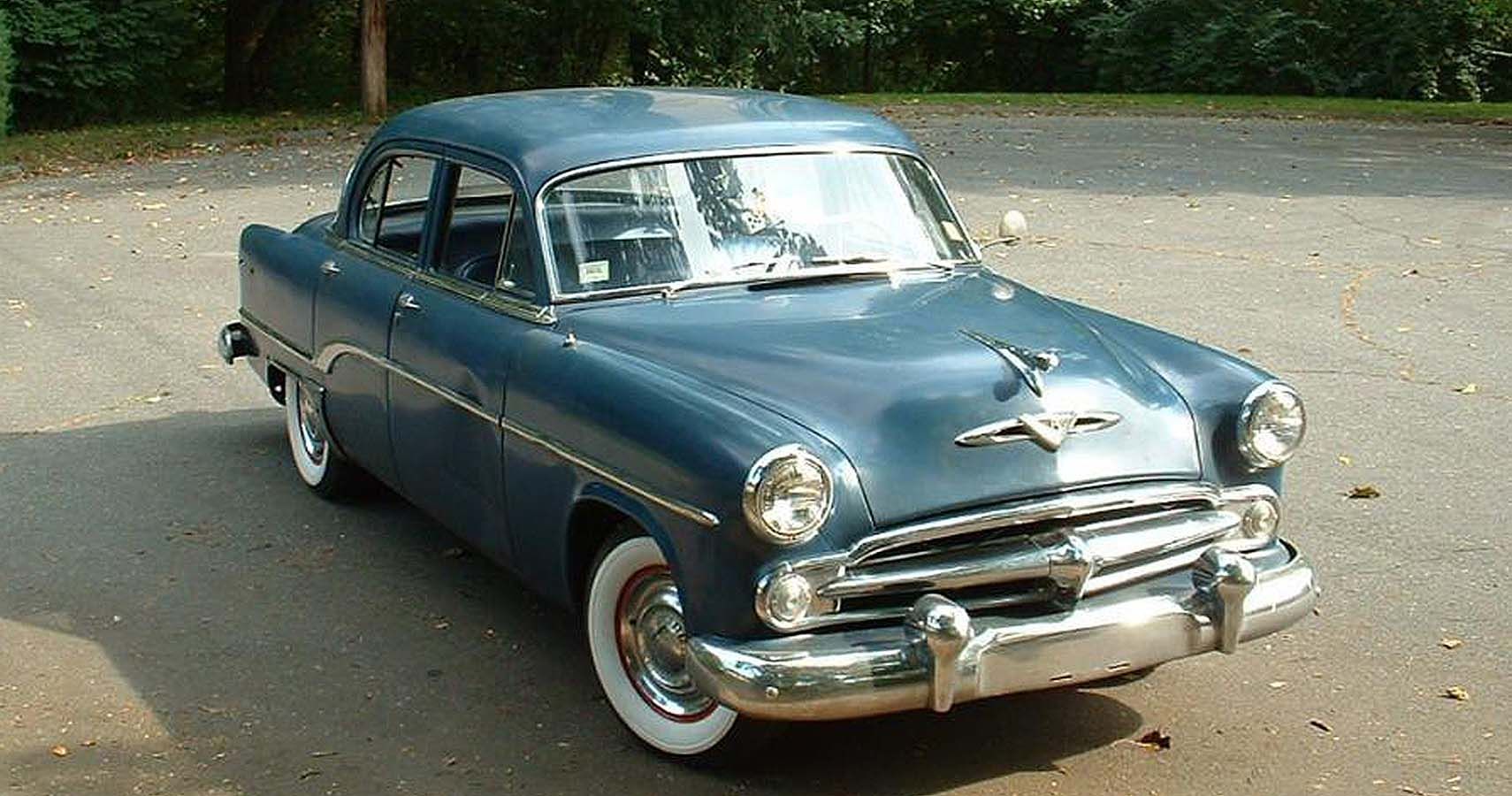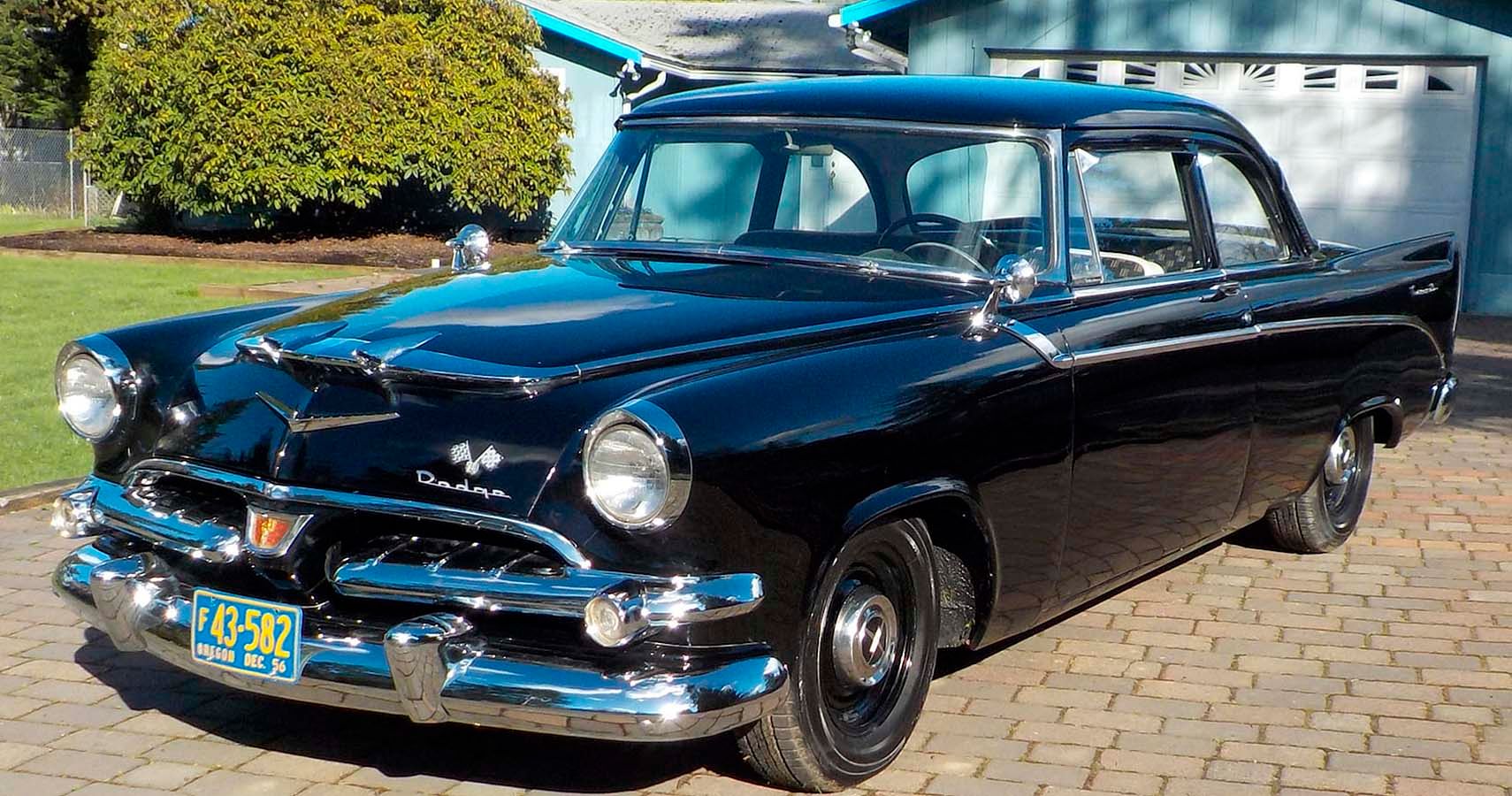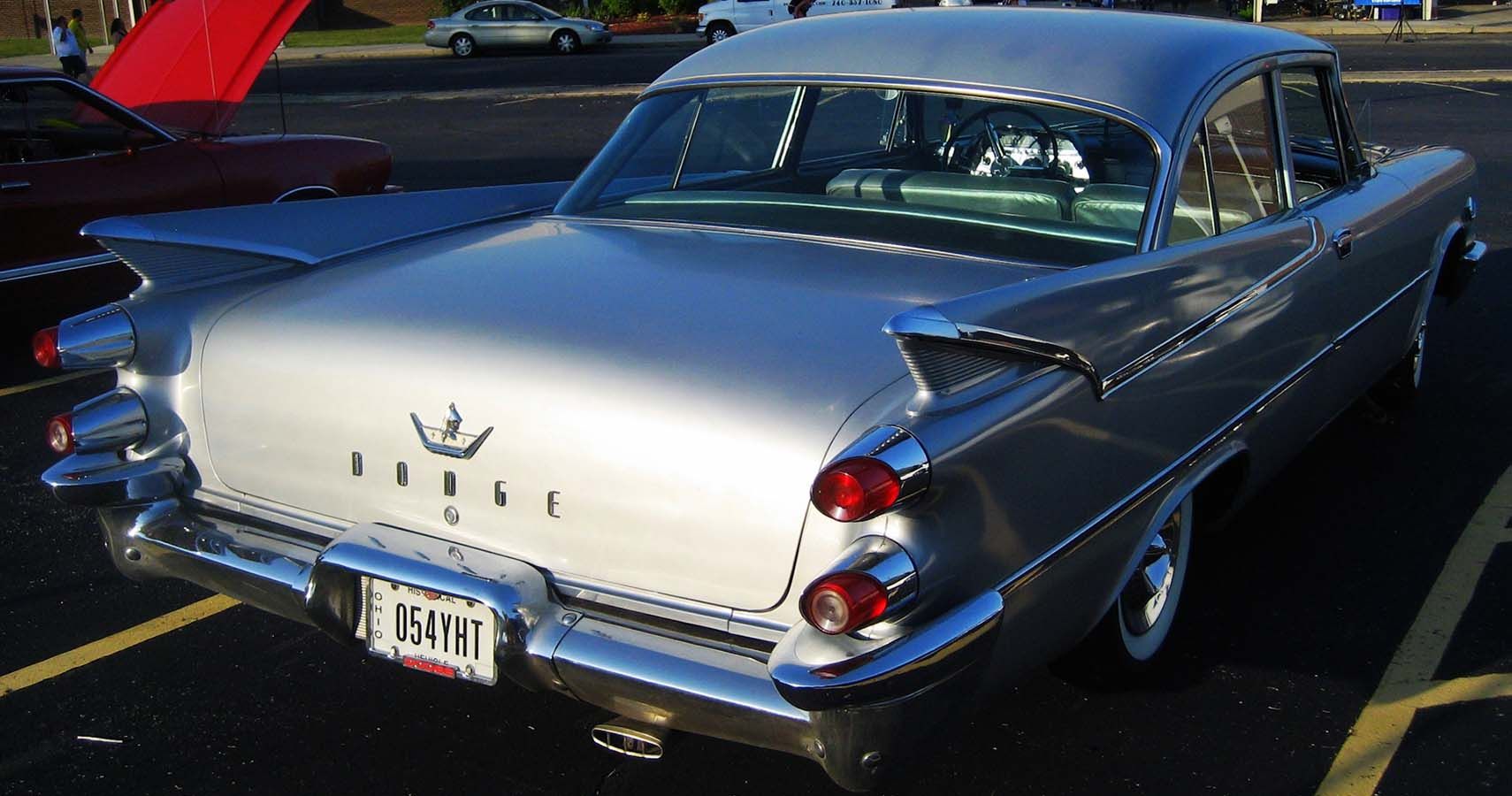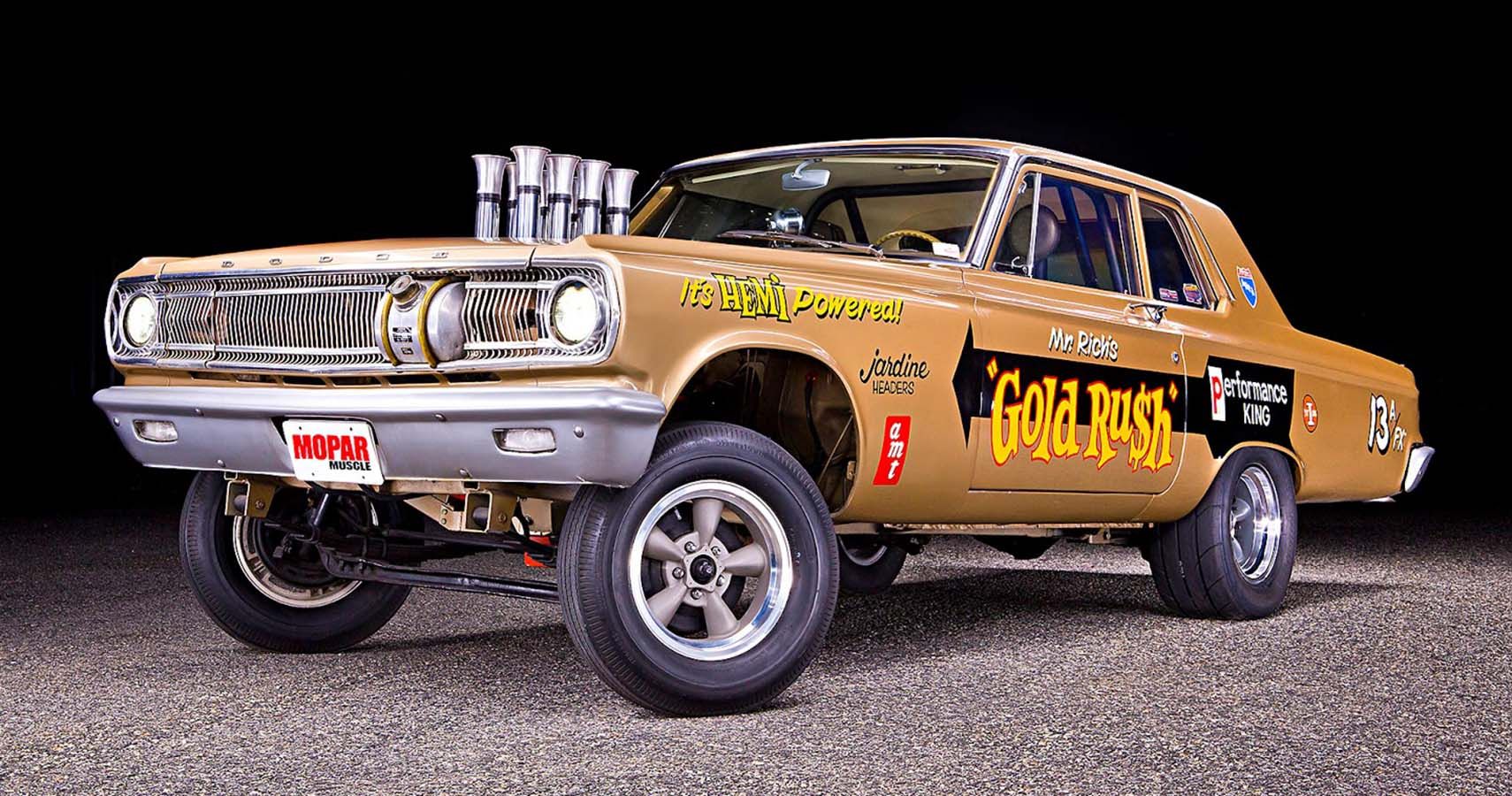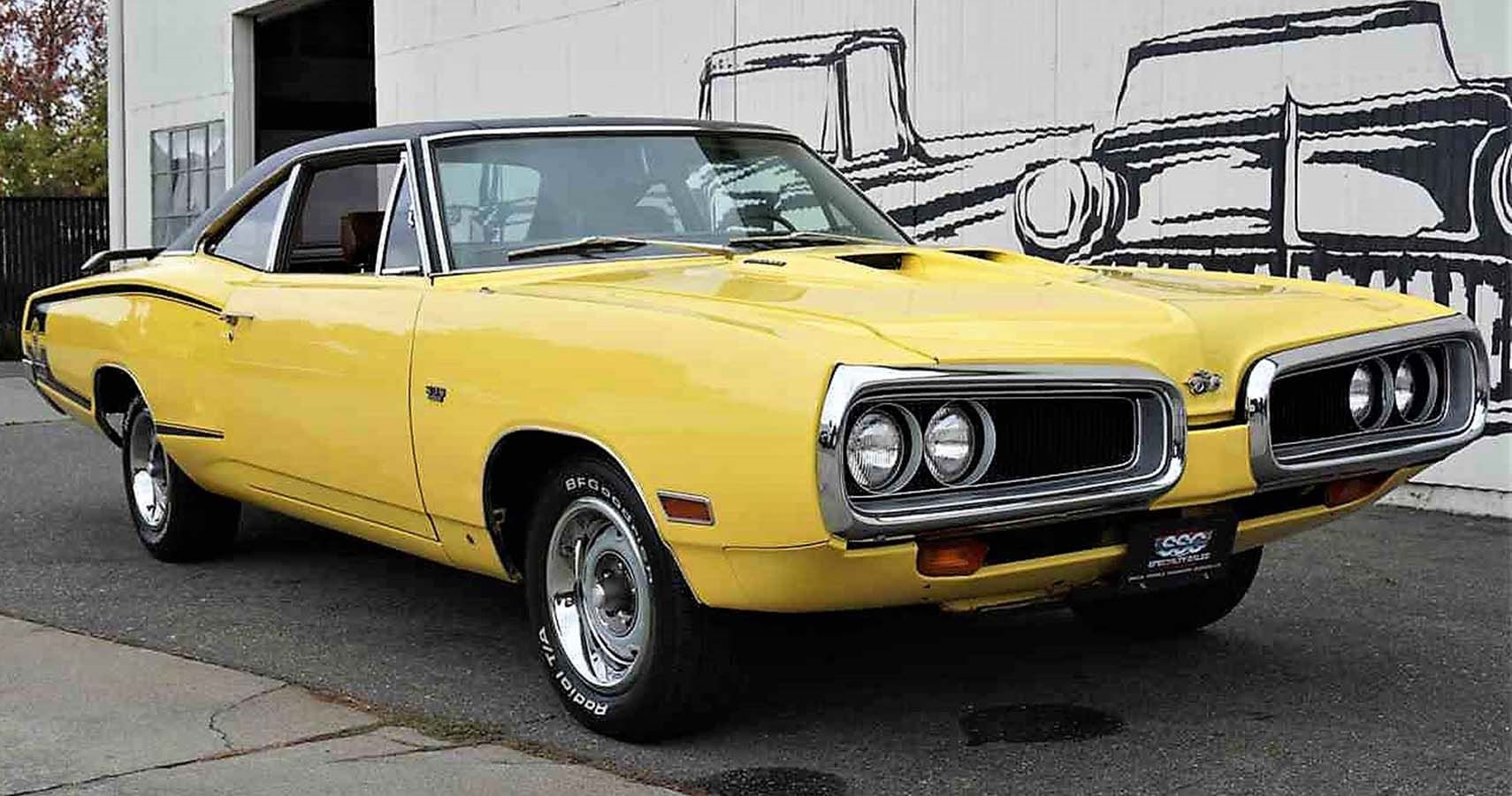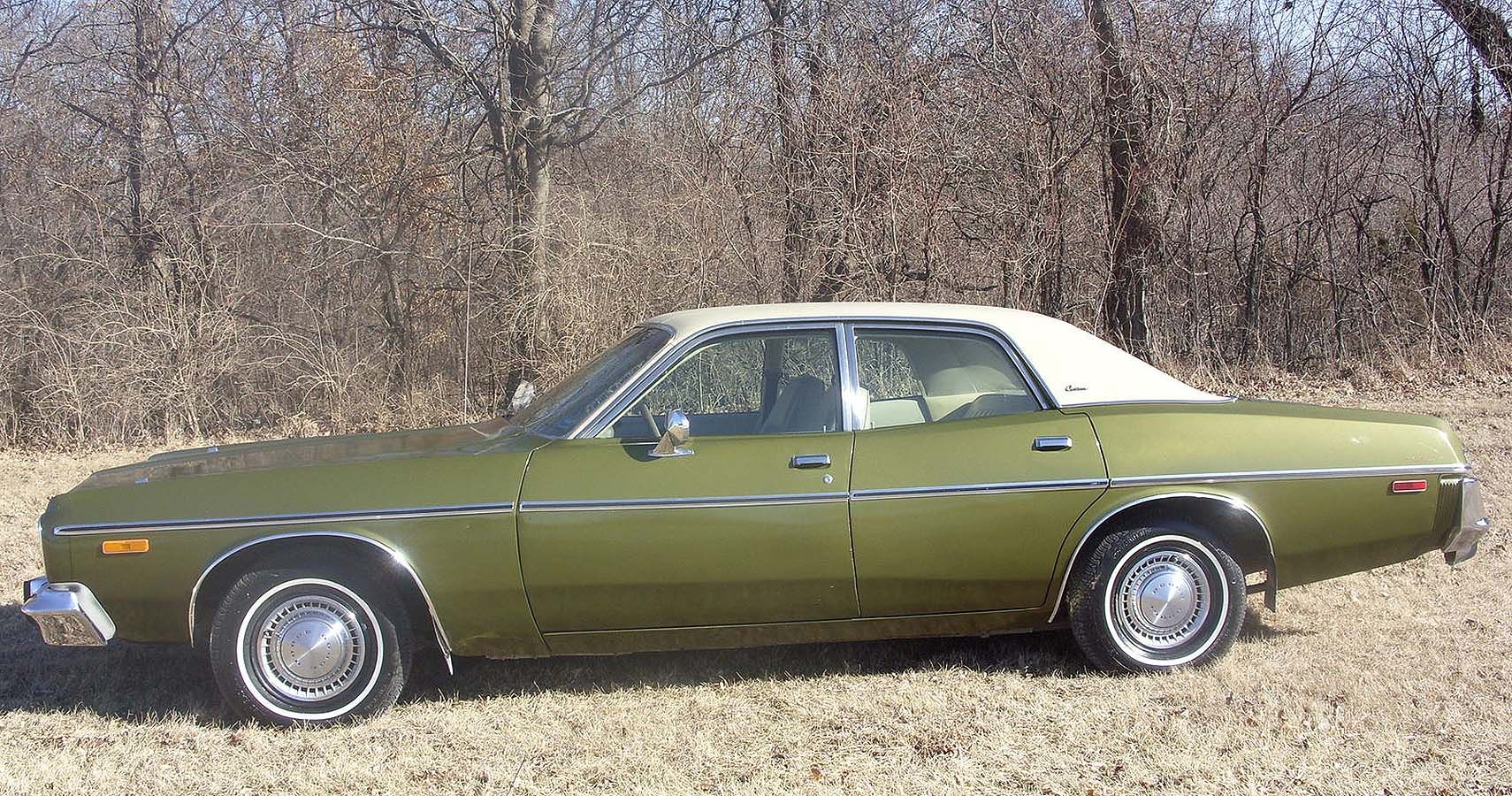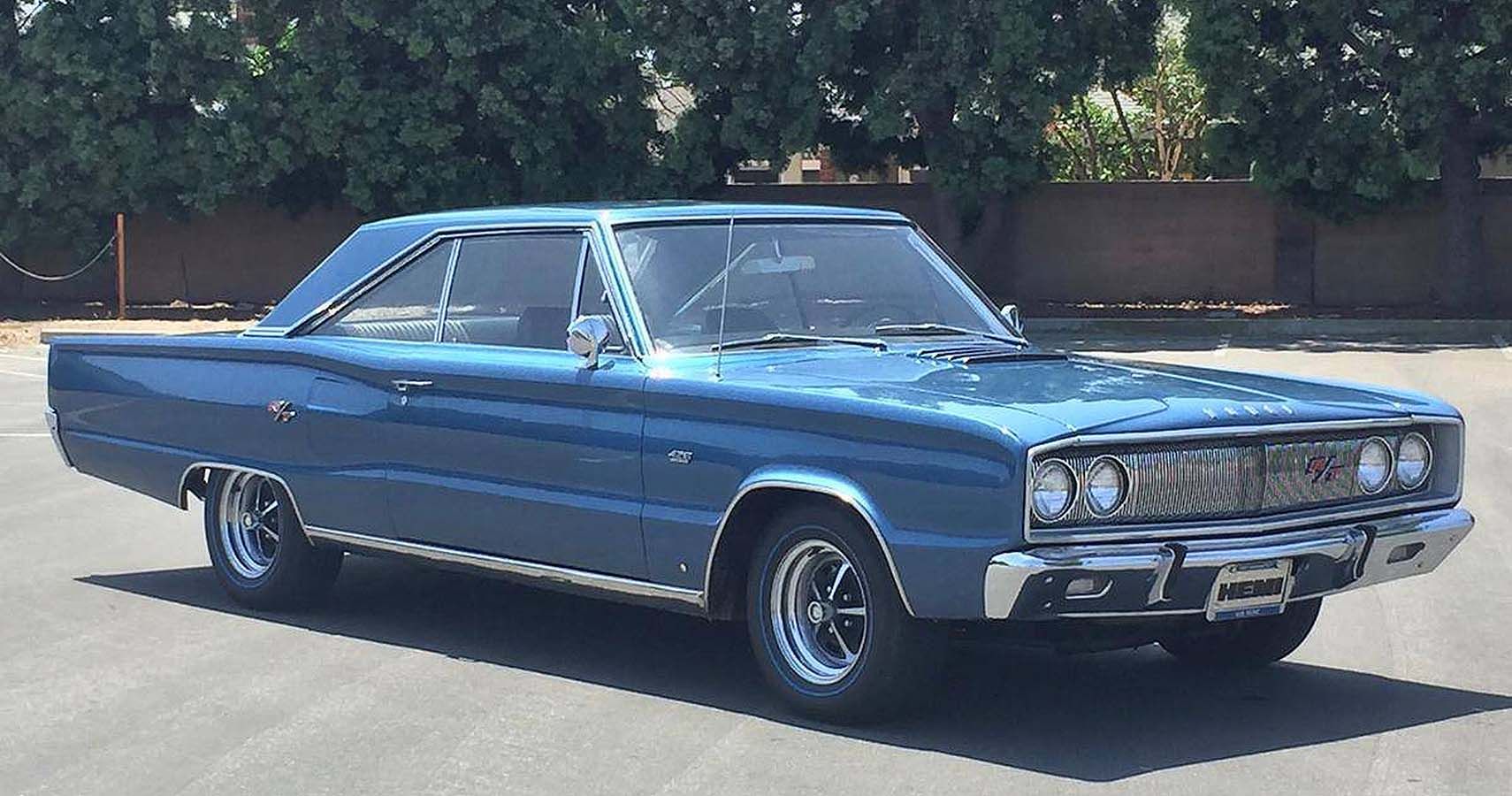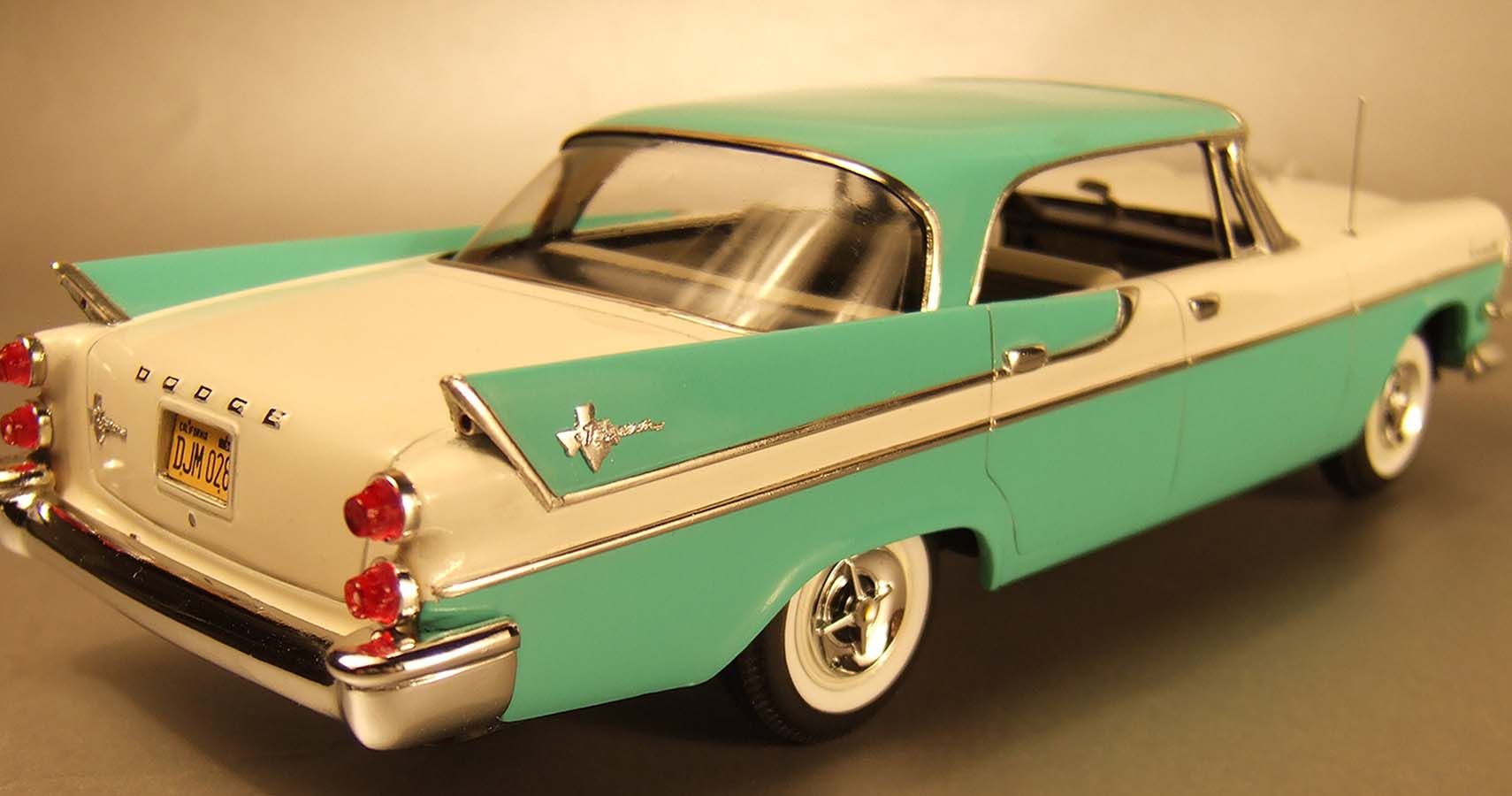The very first Dodge Coronet came out in 1949 while America was still reeling from WWII. At this time, Dodge had also launched the Power Wagon, the basis of all Dodge Trucks in the later years to come. And what the Power Wagon had was America’s first four-wheel drive. The Coronet, on the other hand, was a smooth-running car, and also had plenty of features to take home to mama.
It had a decent run, one from 1949 to 1959 and then a revival run from 1965 to 1976. Here are 10 things you may not have known about the Dodge Coronet.
10 The Charger Has Coronet Genes
The Dodge Coronet lasted for a total of seven generations – and almost every type of car in the Dodge fleet bore the Coronet nameplate. By 1976, the Coronet had come to a stop, and this gave way to the Dodge Monaco – a pre-existing nameplate but one that replaced the Coronet’s four-door sedan.
In 1979, Monaco itself was replaced by the Dodge St. Regis for 1981, and then the Dodge Intrepid in 1992. Once the Intrepid expired in 2002, the next car to come in to replace it technically was the revived Dodge Charger. So the Coronet and the Charger are genealogically related in the Dodge family tree of cars.
9 All-New Fluid Transmission Minus A Shifter
The Coronet may be an all-American Dodge, but the nameplate meant a small crown, related to the word coronation. In 1949 when the Coronet was introduced, it was a soothing balm to a war-recovering America. This was Dodge’s first post-war body style, along with the lower trims of Wayfarer and Meadowbrook.
The 3.8-liter flathead straight-six power mill could chug 103 horses and take the car to top speeds of 90mph. It came with a three-speed fluid transmission that could be operated with a foot pedal and needed no shifter – so this was quite the crowning glory for Dodge.
8 The Coronet Diplomat And The Red Ram Hemi
By 1953, the Wayfarer line had been dropped and the Coronet remained top of the trim. Changes were introduced in the fascia to make the Coronet look sleeker and a coupe hardtop was also launched – dubbed the Dodge Coronet Diplomat. The grill had been redesigned and the Coronet looked a lot cooler than before – with the post-war flux now blowing away in the face of the strong American spirit.
The 1953 redesign made the Coronet have a one-piece windshield with standard windshield wipers and a $38 radio. The Red Ram 3.9-liter Hemi engine made the Coronet set world records at the Bonneville Salt Flats.
7 The Coronet Falls But Get Mopar
In 1955, the Coronet was no longer Dodge’s crowning glory but fell to the bottom trim with the Royal, Lancer, and La Femme over it. V8s were introduced in the line-up, over and above the 123-horsepower 3.8-liter flathead V6.
The Dodge Coronet at this time began to use the Suburban nameplate, so in a way, you could call the Coronet the inspiration for the Chevrolet Suburban. There was also an all-new D-500 model, which was all about performance with its 5.2-liter V8 that propelled 260 horses, back in 1956. The first 500 of these went to NASCAR, the rest to owners with a need for speed.
6 The Challenger Nameplate Emerges
1957 saw yet another upgrade to the Dodge Coronet, both in looks and in engine power with Hemis now being the standard under the hood. Better camshafts and more engine options were added in the form of V8s and V6s – each more powerful than the predecessors.
In 1959, a Dodge Coronet Silver Challenger was launched as a special edition, which was also the end of the Coronet nameplate for a while. Marked with extra features but no extra cost, this was Dodge’s way to make the Coronet memorable. A 3.8-liter Straight-Six engine or a 5.3-liter Red Ram V8 was the engine option for this, and it came in only a silver color.
5 The Coronet Re-Emerges And Funny Cars Are Born
After resting its laurels for five years, the Dodge Coronet came back to life in 1965, on the B-body as a two-door sedan as well as four-door sedans and station wagons. In 1965 alone, the Dodge Coronet sold more than 240,000 examples, making it the bestselling Dodge car for that year. A few models were also specifically made for drag racing, stripped of all features and with an altered wheelbase.
The front and rear axles were both moved forward quite a bit, so the front wheels came under the front fender and the rear wheels came under the rear seat – these came to be known as funny cars.
4 The Coronet Acquires Muscle
When the Plymouth Roadrunner made a killing, the Dodge wanted a similar bare-boned muscle avatar. So they turned towards the Dodge Coronet’s two-door model and made it the Dodge Super Bee.
The limited production run was only from 1968 to 1970, and only 125 of the 6.5-liter Hemi models were made, with the car selling for $3,000 plus. A heavy-duty suspension was added along with an optional Mopar four-speed manual transmission. Later the Super Bee got a six-pack – three two-barrel carburetors for a 7.2-liter V8.
3 The End Of The Ruler
From 1972 onwards, the Coronet became the sedan to the Charger’s coupe – but sales for the Coronet remained in a low category. With the oil crisis looming ahead, many carmakers were struggling to keep their cars afloat, and the Coronet was fast-falling a victim to low sales and the general sense of malaise that pervaded the 70s.
Finally existing only a mid-size sedan, the Coronet was renamed the Dodge Monaco, but could exist only for a couple of years and ended before the 80s began. Dodge’s jewel, the Coronet had lived its life and it was time for it to hang its laurels.
2 Once, The Coronet Outsold The Charger
In 1968, the Coronet R/T was a cool car to have, almost as powerful as the Hemi-powered ones with 375 horses, that was later upped to 390. The long lines of this car appealed to many buyers, to the point it managed to outsell the Charger of its time. Seeing the Charger’s current popularity, that’s a tough nut to crack.
Of course, the Coronet wore plenty of other hats as well. It was popular as a taxi as well as for fleet sales. It was even a police squad car for a while. For the time it lived, the Coronet was a popular nameplate indeed.
1 Scat Pack Member And A Texas Special
Along with the Charger and the Coronet R/T; the Coronet Super Bee also became part if the Scat Pack model. The Coronet was in one special league. Then there was a redneck version of the Coronet too, a 1956 Texas special model. For select models, the Coronet boasted a more luxurious trim replete with Texan badging to please the cowboy in you, or at least in Texas.
What more can you expect from a car that boasted one of the first Hemis, and took every other car down at the Bonneville Salt Flats? The Coronet leaves a crowning legacy for Dodge to follow, and the Charger successfully took up this mantle.

